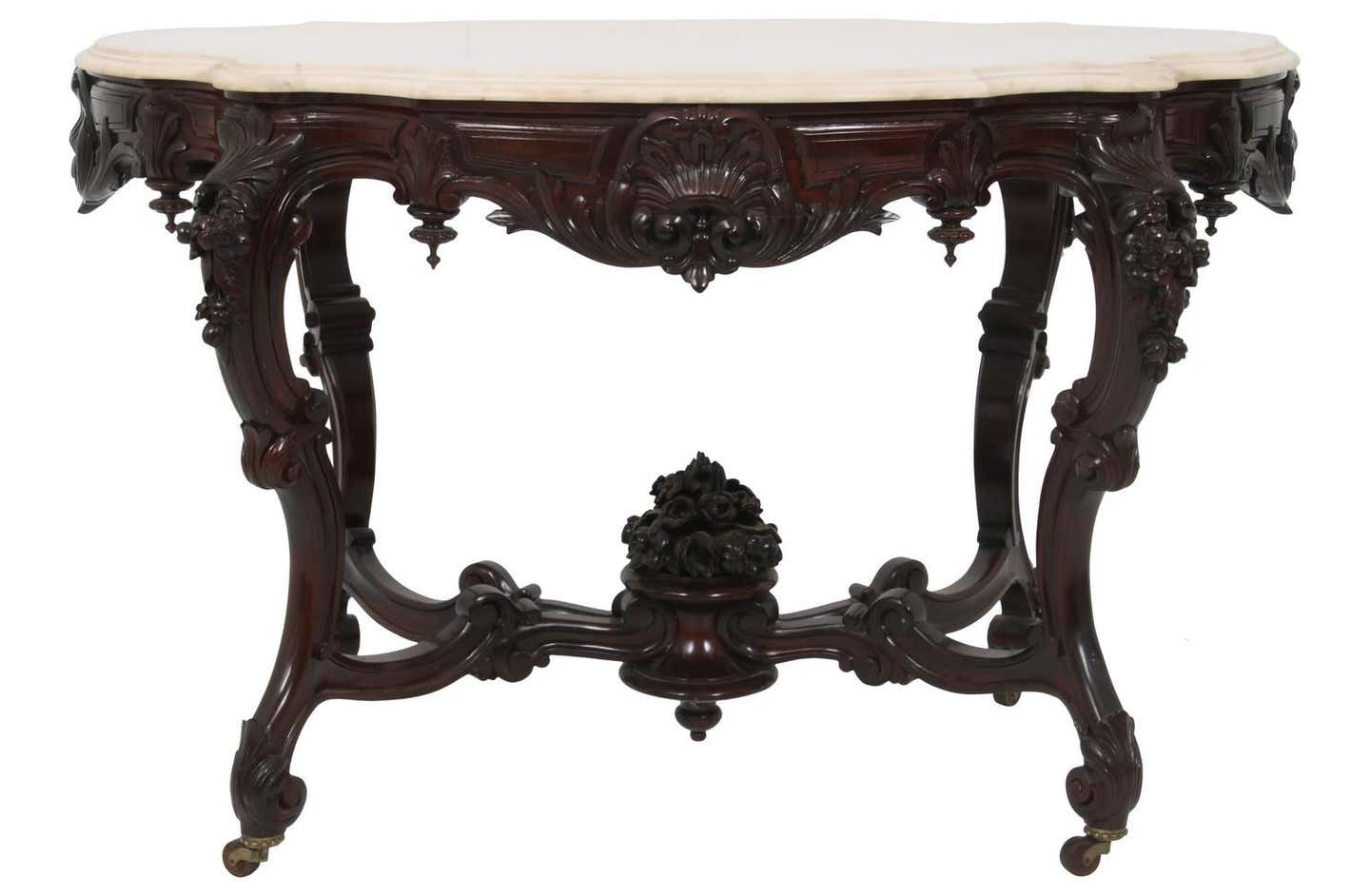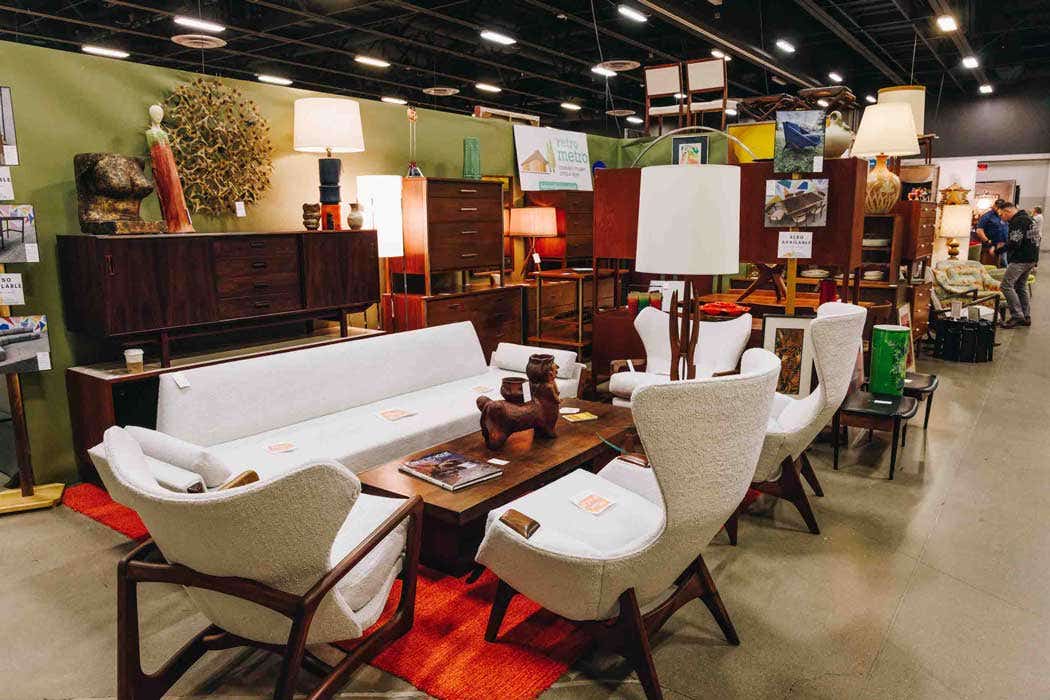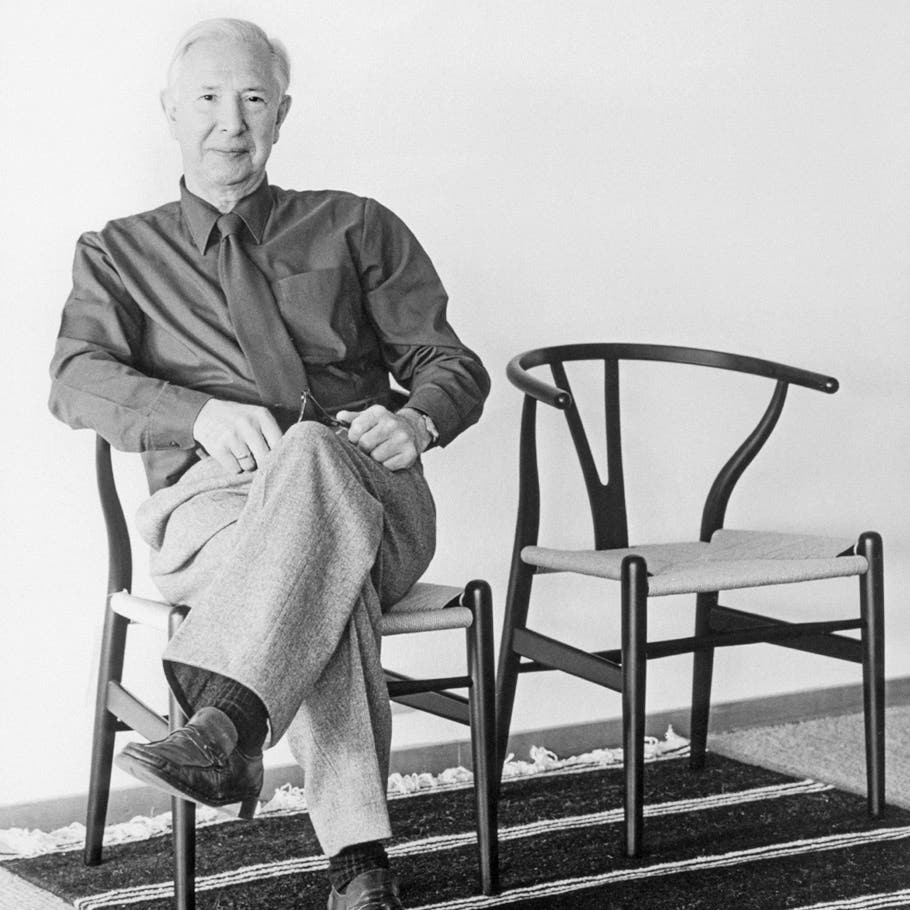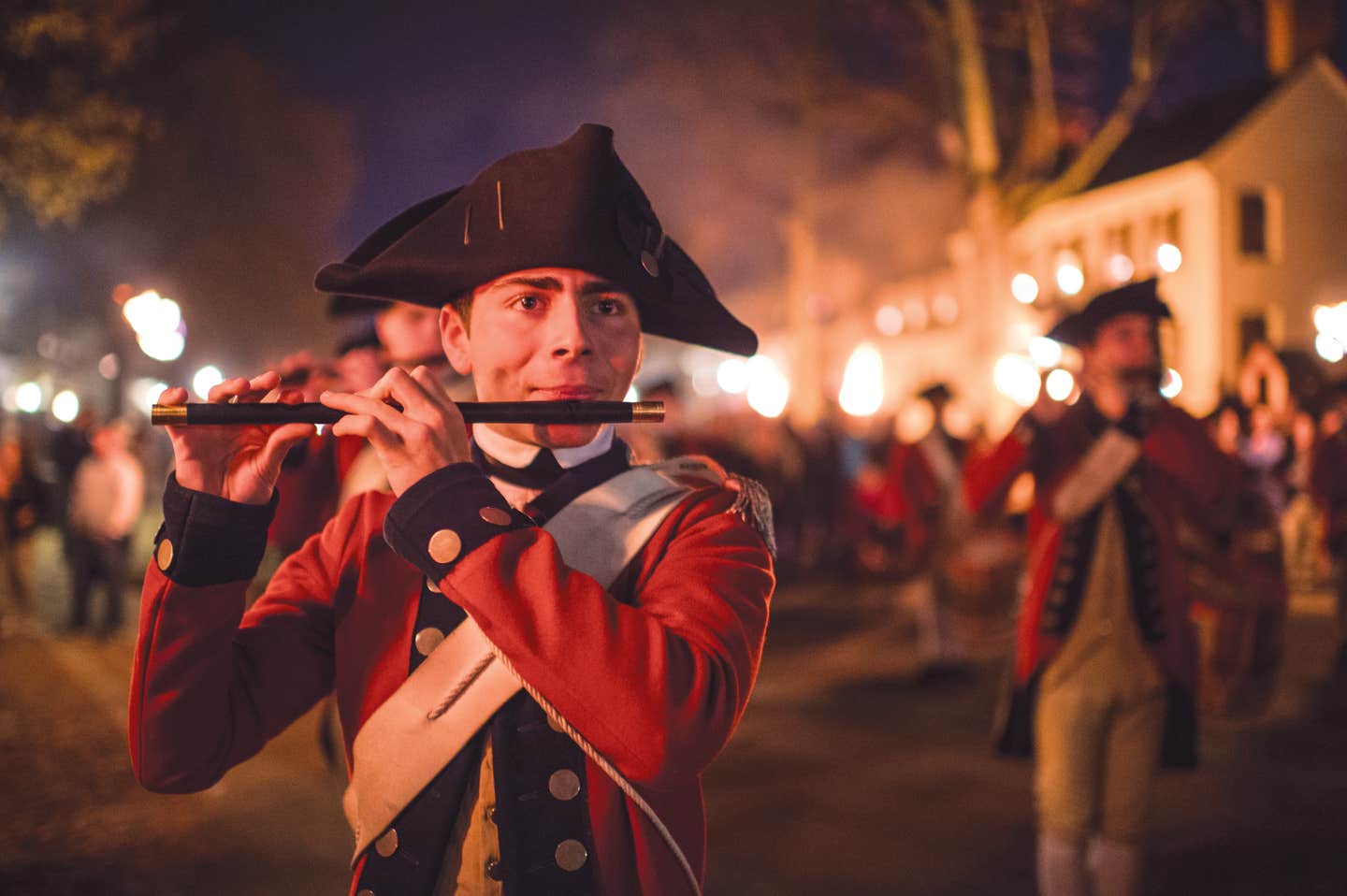Inked Fantasy: Fall for the charms of penwork decor
Penwork, a 20th century term for a lavish, linear decorative technique, was popular in England and Scotland from about 1780 to 1850. Its delightful images, which were applied with fine…
Penwork, a 20th century term for a lavish, linear decorative technique, was popular in England and Scotland from about 1780 to 1850. Its delightful images, which were applied with fine quill pens, imitate costly Indian ivory-work, rich wood veneers, and lacquered Oriental designs found in great country houses.
Where penwork designs come from
Penwork motifs were typically sourced from pattern books, sketches, prints, block-printed textiles, engraved volumes, or popular publications. Though this craft was sometimes commissioned to professional artists, it was deemed as pleasant a feminine pastime as drawing, dancing, and embroidery. So most pieces were worked at home, by ladies of leisure. This may explain their variety, quirkiness, and charm.
Many penwork pieces feature fashionable chinoiserie motifs like pagodas, exotic trees, pigtailed men, and women in kimonos with parasols. Scores feature scrolled acanthus leaves and meandering, stylized Indian florals. Other works, inspired by past cultures, depict mythological figures, scenes from the ancient world, or neo-classical architectural elements. Select pieces also immortalize trips to local attractions or foreign shores.
Motifs were often picked, then mixed. Chinoiserie images, for example, were sometimes edged with neo-classical medallions or griffins. On occasion, Greek god and goddess images appeared amid lacy Indian florals.
Some penwork pieces, observes Mark Goodger, Partner at Hampton Antiques, are stranger still. His Northampton, UK gallery, for example, currently carries a very rare, finely detailed cabinet that, outwardly, depicts scenes of the annual Hindu Chariot Festival and the goddess Kali. Its inner drawers, however, tell a different tale. The top two drawers feature random Chinese words and early characters, many with no apparent meaning. The bottom drawers feature words that resemble ancient liturgical Ge’ez, once spoken in Eritrea and Ethiopia. These, too, are impossible to fathom. Did their creator actually travel to these far-flung lands—or just visit them in her dreams?
Penwork design details
Pieces penned with black India ink on white lacquer grounds created dark on light designs. Those penned with white ink on black japanned grounds, created the reverse. Some, though very dense, were embellished further with paint, contrasting inks, or hand colored prints edged in gold leaf. When completed, all penwork pieces were preserved with coats of costly shellac.
Through the years, these thin veneers often faded, turned orange or, becoming dry and brittle, flaked off. So, explains Patrick Bavasi, director of Hyde Park Antiques, Ltd., in New York City, “Clients, who are primarily collectors, are usually most interested in pieces that have survived in their original condition.” Moreover, he adds, “Most tend to seek pieces that complement their existing collections. Rarely do we have a client who buys penwork pieces to simply furnish their home.”
Penwork values
Prices for simple penwork furnishings like tilt-top tables, whose hinged tops switch from horizontal to space-saving, vertical positions, may run between $1,000 and $5,000 each. Exceptional pieces, depending on their material, form, rarity, ornamentation, age, and condition, however, may be far more costly. Hyde Park Antiques is currently offering a rectangular occasional table, circa 1815, for example, which depicts tightly scrolling foliage and chinoiserie figures playing musical instruments on a black ground and includes an unusual frieze drawer and silk-lined work basket, for $28,000. It also offers a superb marquetry and penwork-decorated rosewood, satinwood, harewood, and mahogany serpentine console table, circa 1740, for $110,000.
Portable penwork work tables, once popular for writing letters, drawing, painting, sewing, and sometimes, for storing necessities, are also quite desirable. Scores feature chinoiserie scenes, or scrolled floral, neo-classical, or natural motifs. These elegant charmers, which vary in style and shape, range from several hundred to several thousand dollars.
The linear lines of pedestal or swiveling gaming tables, which are often coupled with ebonized checker or chess squares, lent themselves perfectly to penwork. Though some may be found for under $1,000, exceptional, fine wooden ones, exquisitely decorated and in top condition, currently command $14,000 and more.
Penwork boxes are a good place to start
Understandably, beginning collectors may prefer smaller, less costly penwork pieces. Boxes and miniature chests of all sorts, for example, currently range from a few hundred dollars to the low thousands. In pricing, their contents, poignant reminders of lives gone by, may be as significant as their workmanship, design, and visual appeal.
Many simple, but richly ornamented penwork boxes feature subdivided lift-out trays, handy for storing keepsakes or jewelry. Portable writing boxes and slopes, used in travel, libraries, and drawing rooms, may feature felt or velvet surfaces, lined interiors with room for paper storage, and compartments for inkwells and quills. Penwork sewing boxes, especially those that contain original cotton or ivory thread spools, thimbles, needle cases, prickers (hole makers), pin cushions, and/or cut-glass scent bottles (which refreshed ladies as they labored), are also available on the market.
Very collectible gaming boxes, sometimes crafted in unusual shapes, may contain original, carved bone counters, sets of cards, card compartments, and game pieces, all secured under lock and key. Fashionable, fine wood penwork tea caddies, which were displayed in drawing rooms and stored extremely expensive, imported teas, are also very collectible. Many feature delicate designs inside and out, dedicatory inscriptions, and traces of tin-foil linings, along with original locks and keys. Fully fitted ones, which contain essentials like lidded canisters, cup holders, cut glass sugar and mixing bowls, may cost thousands of dollars.
Mauchline penwork snuff boxes, named for the Scottish town where they were created, are also quite desirable. Many, having been crammed in owners’ pockets, however, survived in poor condition. At best, they contain only elusive whiffs of tobacco.
Experts agree that serious penwork collectors should seek the very best pieces possible, preferably ones that feature finely colored designs, along with recognizable inscriptions or scenery. Moreover, they should be preserved in their original condition – untouched by time.
And their value? Because tastes and fashions are unpredictable, people who purchase penwork pieces in hopes of receiving a healthy financial return may be disappointed. But if one is looking for a gratifying emotional return, they should seek that wonderful piece that strikes a heartfelt chord within.
This article was originally published in Antique Trader magazine. If you like what you’ve read here, consider subscribing to the print or digital versions of Antique Trader it’s available for $26 per year (print) or $20 per year (digital) to receive 24 issues.
Learn more about subscribing>>>








